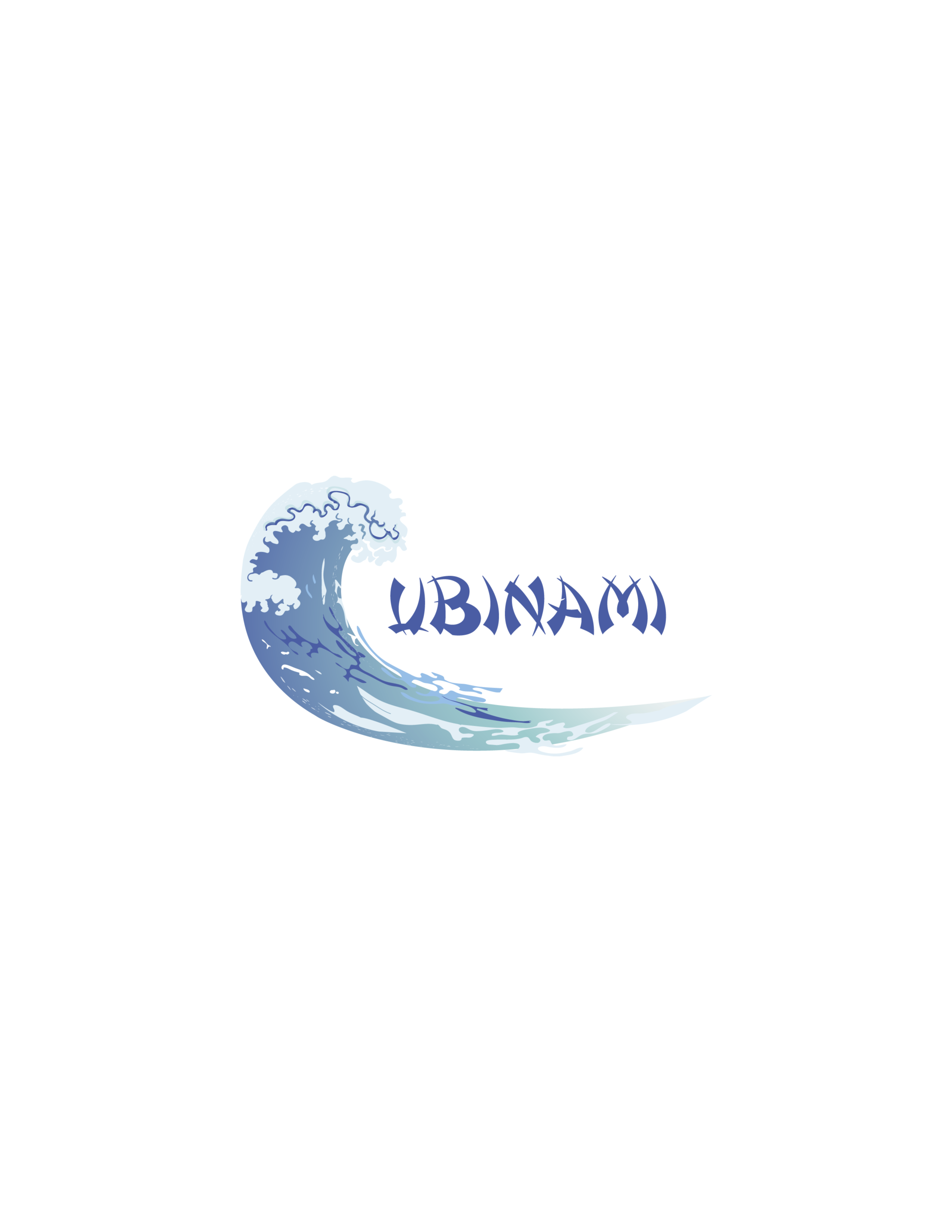Shannon Lee has been an instrumental piece in preserving and continuing her father’s ideals and impact still felt around the world. She wrote Be Water, My Friend: The Teachings of Bruce Lee to show how her late father thought on a regular basis and how he approached life. This book talks directly to the reader rather than simply trying to explain certain events and concepts. Shannon Lee used her father’s teachings to express how he saw the world around him. She stresses how the reader should focus on their world while taking away valuable lessons from Bruce Lee’s remarkable life.
Since being published in 2020, Be Water, My Friend has been influential towards various individuals who are interested in martial arts and philosophy. Many of Bruce Lee’s philosophies have been especially relevant now in a world full of change. He was without a doubt ahead of his time and would have been an extremely influential figure in today’s society. Lee’s teachings provided clarity for numerous individuals who never knew how powerful the mind could truly be.
Bruce Lee is a legend that will never be forgotten. He was a pioneer who bridged the gap between Chinese martial arts and cinema with its American counterparts. Lee became a global icon of being fierce, yet calm and poised. Anyone who has seen Enter the Dragon (1973) knows how powerful Bruce Lee’s presence truly was. He knew he was a badass who could finish his opponents in an agile way. He relied on technique and finesse rather than brute force. Thankfully, Bruce Lee’s legacy will live on for numerous generations.
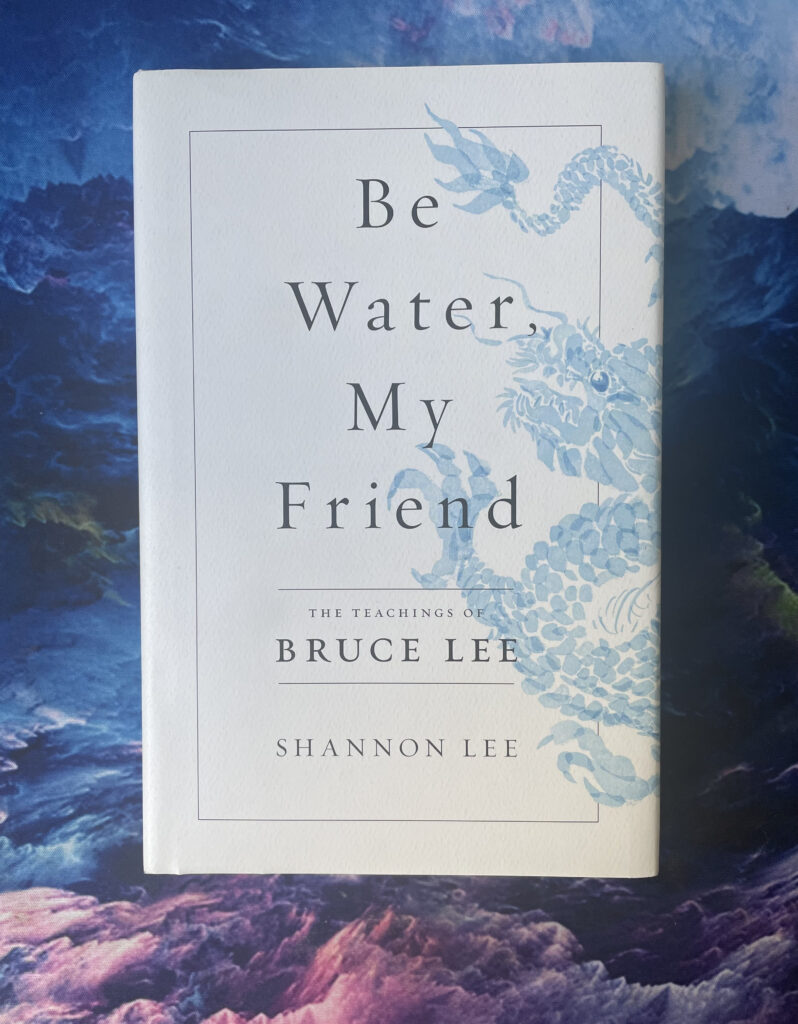
Formless Like Water
Bruce Lee focused on the importance of water and how it can be a metaphor for essential principles in everyday life. He stressed the significance of nature around us and how “Like flowing water, life is perpetual movement” (Lee 24). Life is never the same as it was yesterday; everyday brings new challenges and obstacles that we have no idea about. Although humans cannot see into the future, one thing we know for certain is how life will never be stagnant. Change requires flexibility and pliability like water. We have to adapt to our surroundings in order to flow with life’s currents.
“Like flowing water, life is perpetual movement.” -Bruce Lee
Perception is Reality
Bruce Lee emphasized the significance of learning from the world around you. Experience is without a doubt one of the best teachers anyone can have in life. Setbacks in life are prevalent; how we react to them is often more important than the act of failing itself. Lee explained how defeat does not make someone a failure.
“We are always in a process of becoming and nothing is fixed. Have no rigid system in you, and you’ll be flexible to change with the ever changing. Open yourself and flow, my friend. Flow in the total openness of the living moment. If nothing within you stays rigid, outward things will disclose themselves. Moving, be like water. Still, be like a mirror. Respond like an echo.”
(Lee 156-7)
The importance of perception and the state of mind are both essential recurring themes in Be Water, My Friend. Lee brought up the fact that perception truly is reality: “You are the greater and the interpreter your life in every moment. Things have meaning to you because you give them that meaning—no one else” (Lee 140). Nobody can live a fulfilling life for you. A healthy state of mind goes hand in hand with clear perception. Powerful abilities come from the mind before anything else. The way someone thinks brings more power than any outside force ever will.
Self Worth
Be Water, My Friend stresses the importance of being your authentic self. Bruce Lee’s philosophies can be applied to millions of people’s lives. He wanted to help others by promoting self-confidence. Lee’s values are timeless and can teach many people more about life than studying a philosophy textbook.
Lee’s cognitive ability was often overshadowed by his martial arts talent, but he became a martial arts legend due to his intellectual prowess. Shannon Lee demonstrated the fact that her father knew how being true to yourself opens endless opportunities, “Do not go out and look for a successful personality and duplicate it. Start from the very root of your being which is ‘how can I be me?'” (Lee 200).
When failure is looking at us directly, it is often hard to see the lesson at the moment. However, if we keep our head up and keep moving on, we have the ability to learn from defeat in countless ways. Nobody is a failure until they deem themselves one. Any lasting and meaningful success will not come without some form of failure beforehand.
“Defeat is a state of mind; no one is ever defeated until defeat has been accepted as a reality. To me, defeat in anything is merely temporary, and its punishment is but an urge for me to exert greater effort to achieve my goal. Defeat simply tells me that something is wrong in my doing; it is a path leading to success and truth.”
Lee 136
We often limit ourselves before even making an attempt at confronting something that might scare us. A healthy state of mind can lead to a world of endless possibilities. The opposite is essential to understand as well. If we have limiting thoughts, our potential to achieve great things will be restricted too.
Lee’s Transformation: Be Water
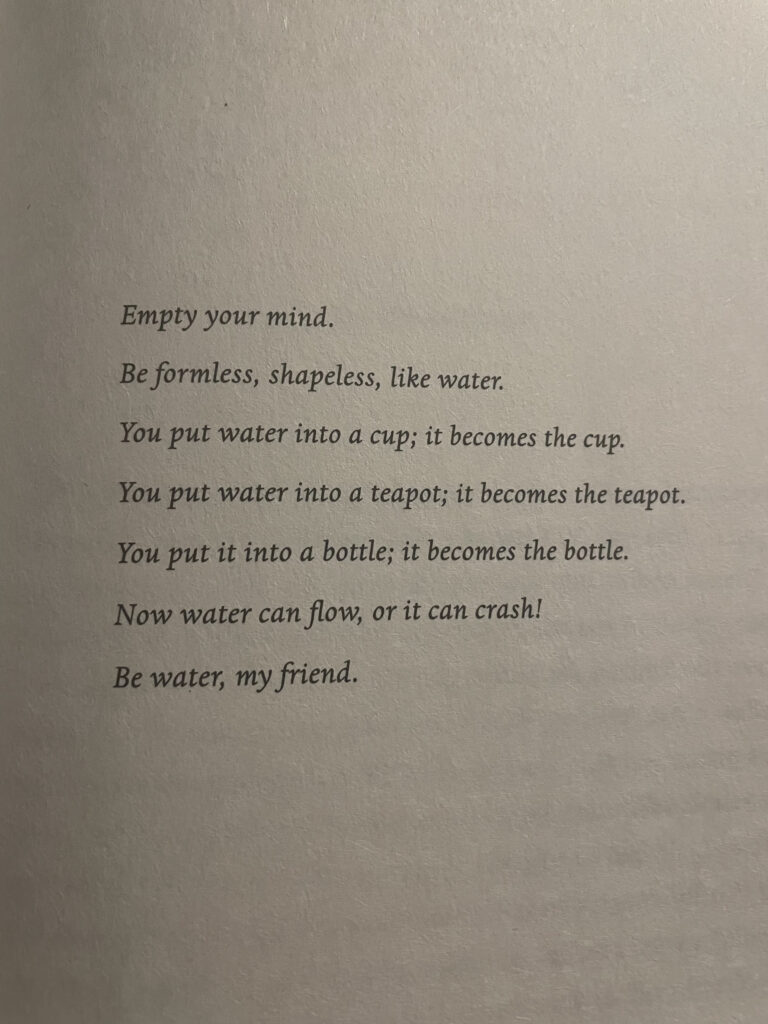
One of the most important aspects of the book is how Bruce Lee transformed himself after deeming himself too rigid and traditional. Lee established his own martial arts school called the Jun Fan Guy Fu Institutes in Seattle, Washington and Oakland, California. In 1964, the San Francisco Chinatown community was extremely upset with Lee’s rebellious ways after he opened up he is second school in Oakland. They felt he was disrespecting their ways and challenged him to a match to determine the outcome of Lee’s future in teaching martial arts. If he won, he would be able to continue teaching his ways as usual, but if he lost, he would have to quit his teaching. Obviously, Bruce Lee would not back down from this challenge.
The match took place in November 1964 at Bruce Lee’s school in Oakland. The opposition was a fighter who was randomly selected and less skilled than Lee. Since he had the fight on his home turf, he elected for no official rules during the match. Traditional ways were nowhere to be found in the quarrel. Lee chased his opponent around until he finally pinned the man down on his back, yelling repeatedly in Cantonese, “Do you give up?!” until the opponent gave in and ended the match. Lee was nowhere near satisfied, even though he won the fight without a doubt. He threw any sort of technique out the window in order to win and quickly understood how important it was to become more flexible.
This particular fight in Lee’s career proved to be a significant moment of truth. He realized his traditional and rigid techniques would not get him very far in life. Bruce Lee knew his limited martial arts methodology must be put to rest. He had a friend create him a mini tombstone which read: “In memory of a once fluid man crammed and distorted by the classical mess” (Lee 60). Shannon Lee explained how this symbolized a turning point in her father’s life.
He had to alter his orthodox ways to get back to his free-flowing approach. She added, “It was a reminder to move forward like flowing water” (Lee 60). Without the fight and the symbolic mini-tombstone, Bruce Lee most likely would not have been as widely known as he is today. His ability to adapt and force himself to become more fluid proved to be invaluable for his entire life.
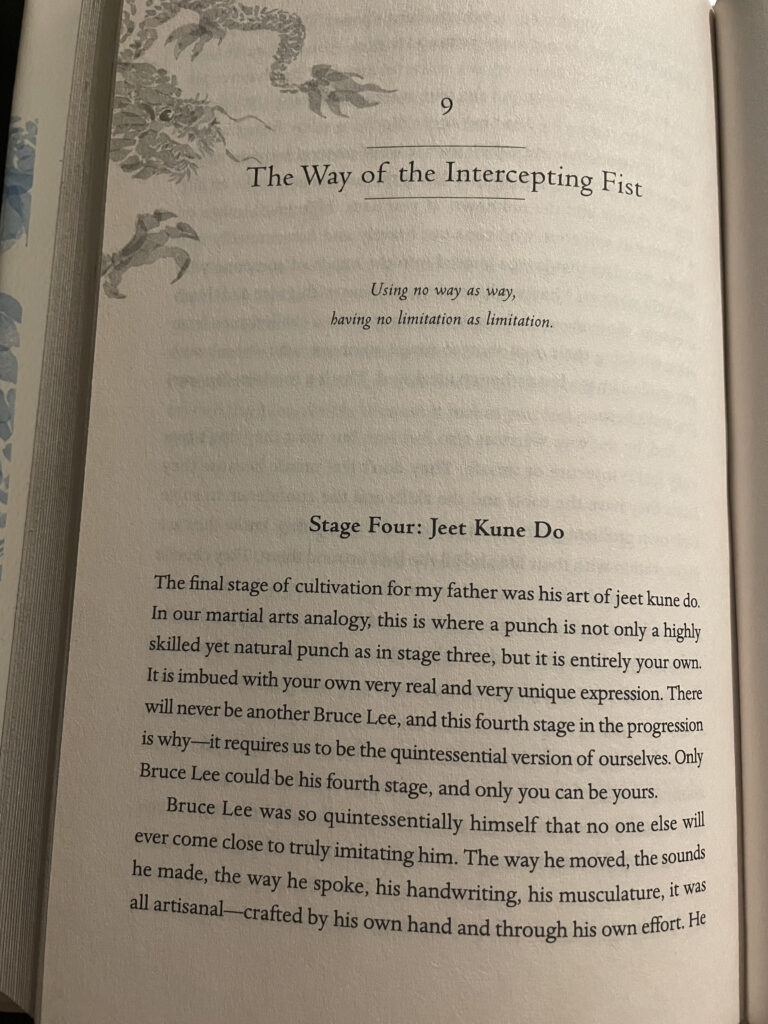
Lee brought a new approach to his environment and adapted it according to his ideals and beliefs. He did not confine himself to traditional martial arts standards. His expression of martial arts reflected how he viewed the world around him. Jeet Kune Do, which translates to “The Way of the Intercepting Fist,” is one of Bruce Lee’s most impactful works of art. Lee did not like to call it a style of martial arts. He viewed it as an expression and philosophy that conveys his principles in a nonverbal manner. He often questioned traditional practices of kung fu. Lee believed a person had to be prepared for an opponent’s next move rather than already having a premeditated and rigid approach. Being adaptable to an opponent leaves room for more creativity and fluidity. Jeet Kune Do stresses the importance of balancing give and take in martial arts.
Never Forgotten
The legend of Bruce Lee lives on today and will for the foreseeable future. Even today, martial arts and social justice exude Lee’s influence. Lee always sought to bring awareness of supporting minority groups, especially Asian Americans and African Americans. Bruce Lee dealt with racism during his cinematic career in Hollywood. Due to this, he did not want Asian Americans to be in roles with a negative connotation. He used his experience to become an ally to other minorities who were subject to oppression. Everyone can learn from Lee by supporting those who do not have a heard voice and judging an individual by their character rather than how they look.
Bruce “Little Dragon” Lee became a martial arts icon as he continued to teach and promote his own practice. He did not back down from any opponent and definitely did not limit his abilities and teachings to a strict set of rules. Lee stressed the importance of a flexible approach in martial arts and life throughout his respected philosophies.
Unfortunately, he was not able to see the official release of one of his greatest accomplishments. On July 20, 1973, Bruce Lee passed away at the young age of 32 in Hong Kong due to swelling of the brain. The premier of Enter the Dragon was on August 19, almost exactly a month after Lee’s tragic death. May we never fail to forget the impact Bruce Lee continues to have on the martial arts community, the Chinese and Chinese-American communities, and countless supporters around the world who admire his work and philosophy.
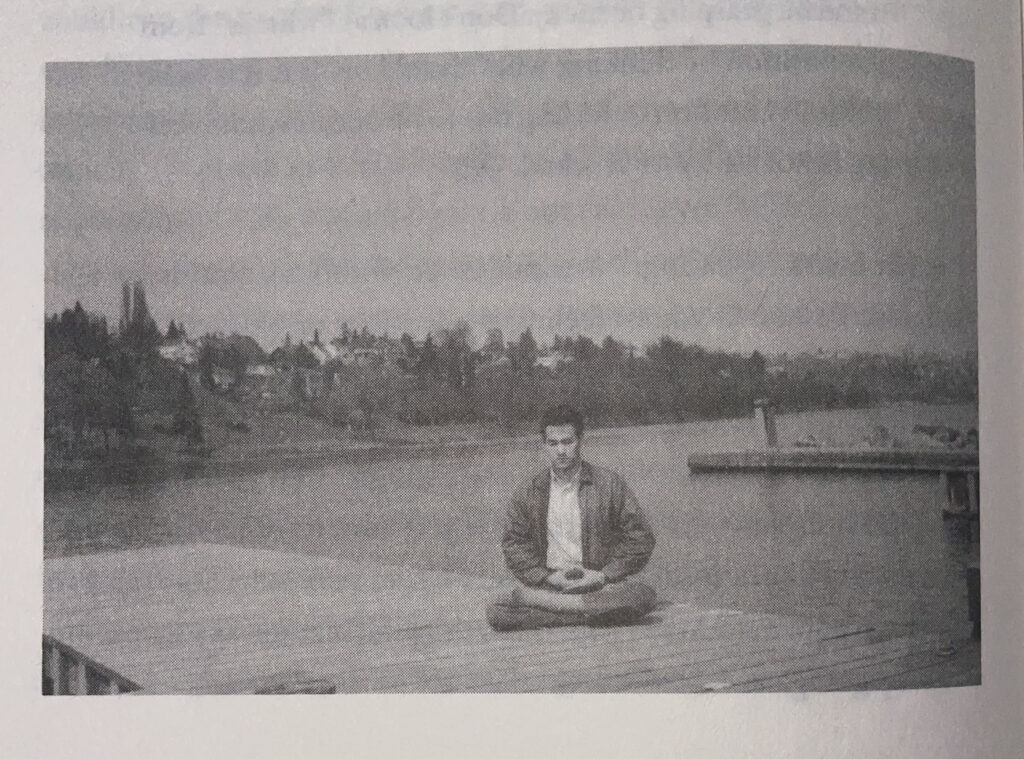
Lee, Shannon. Be Water, My Friend: The Teachings of Bruce Lee. Flatiron Books, 2020.
